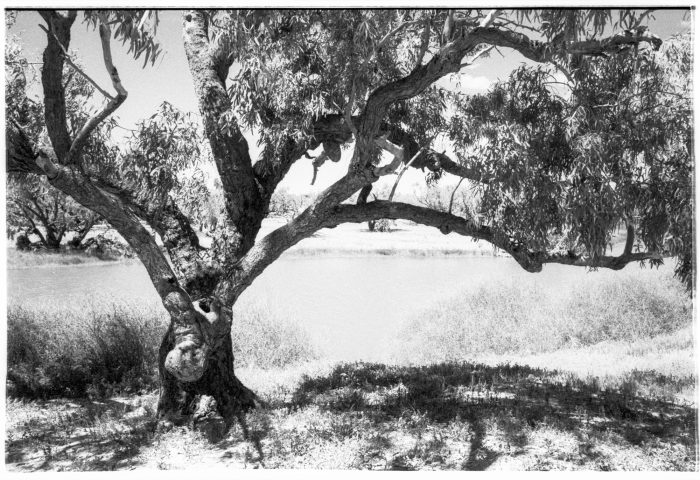
During our travels through Australia we gradually learned a lot more about the raw history of the continental island ‘down under’.
My photos of this Coolibah tree initially look like something more than undergrowth.
But there is more to it, than what it seems at first.
The famous Burke & Wills Dig Tree has endured over the years and still stands in one of the most inhospitable and hottest locations in the world.
In 1860-1861 Robert O’Hara Burke and William John Wills used this location that served as a basecamp during the ill fated expedition that was meant to open up inner parts of the unknown Australian country by crossing from Melbourne to the Gulf of Carpentaria.
The Digtree still stands there, a silent witness to the dramatic events that happened there, on the banks of the virtually only water source available, The Cooper Creek.
I would like to invite you to a story of authentic Australian history and how the country was conquered with blood sweat and tears.
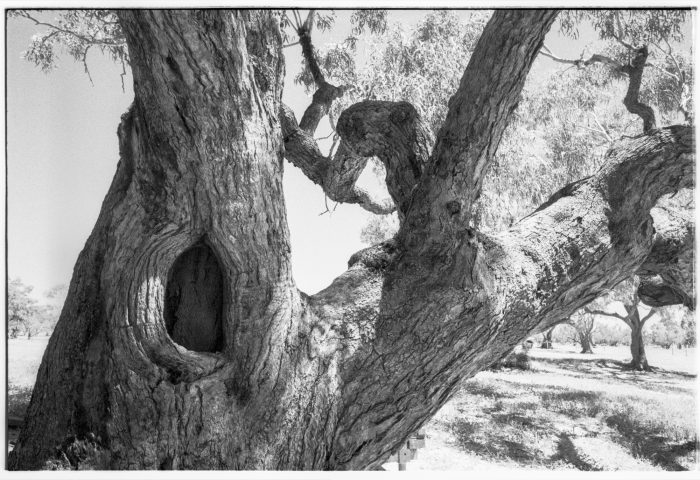
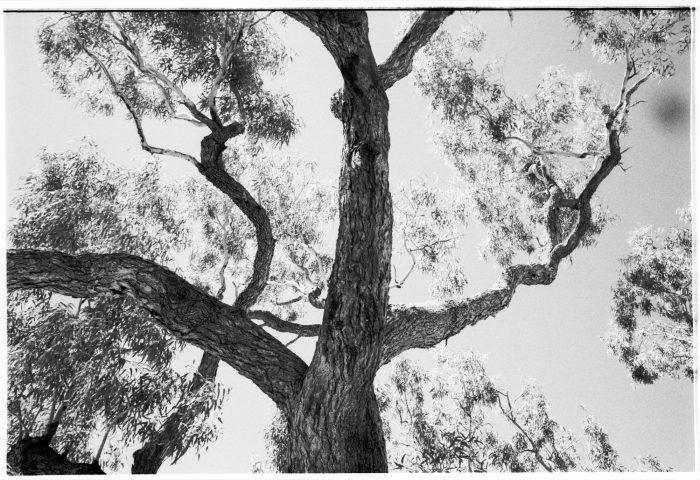
This beautiful photo of a painting: by John Longstaff, Arrival of Burke, Wills and King at the deserted camp at Cooper’s Creek, Sunday evening, 21st April 1861, oil on canvas, 1907. National Gallery of Victoria. (From Wikipedia)
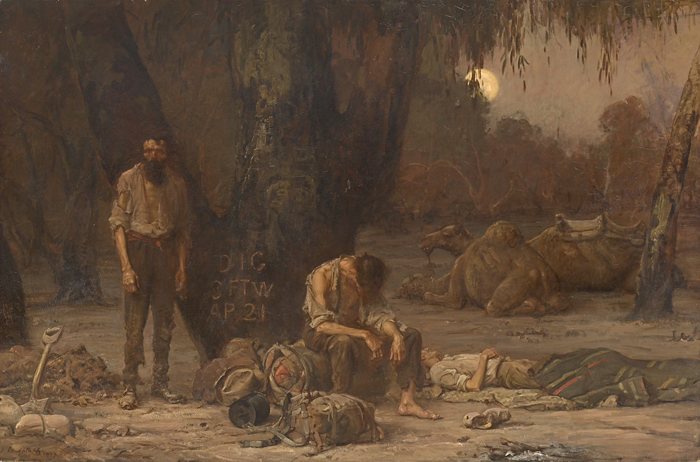
The Burke and Wills expedition attempted in 1860 – 1861 to cross Australia from Melbourne in the south to the Gulf of Carpentaria in the north, a distance of some 3,250 kilometres. The expedition of 19 men and many wagons, horses and camels was led by the Irishman Robert O’Hara Burke with William John Wills second in command. They established a depot at Cooper Creek from where Burke, Wills, John King and Charles Gray struck out for the Gulf, with William Brahe left in charge at the depot. After terrible hardships they reached within 24 kilometres of the Gulf before having to return. Brahe waited 18 weeks for them to return, eventually leaving just 9 hours before they returned, weak and starving and minus Gray who had died on the return journey. Brahe’s party had left stores buried near a Coolibah tree which still stands to this day, and which is blazed with the word “Dig” to indicate the location of the buried stores. All together 7 men died on the expedition including Burke and Wills who died some months after returning to Cooper Creek. Only King would eventually be rescued. He never fully recovered however, and died 11 years later aged 33.
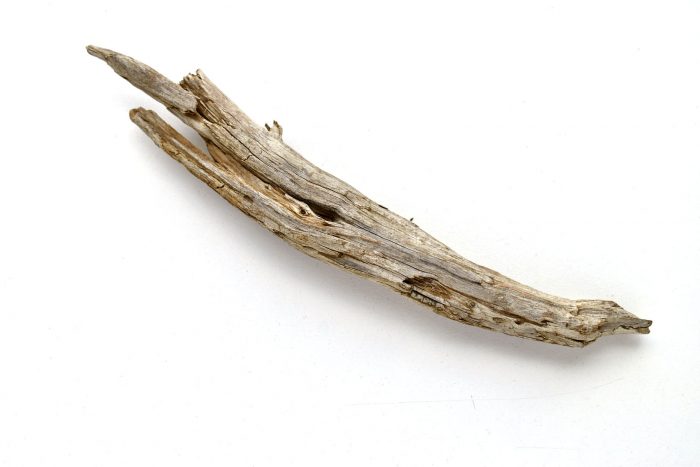
My other article about Australia can be found here: Portrait Photography Aboriginals – ‘Time travellers along the highway’
The Dig Tree
How could this be, that after months of hell,
Of blasting heat and sands of deserts crossed,
That now but this blazed coolibah to tell
The wretched men, for them all hope is lost.
There on its trunk the message cut so clear
That but nine hours before their comrades left,
And they now weak, can sense the end is near
As Burke regrets the folly that had cleft
His party all those months before, when he
Had dashed with King and Gray and Wills
To reach the gulf, now but this wounded tree
To mark where buried store, such bitter pills
That at the end of this great quest delay
The deaths of brave men, starved and weak,
Abandoned on this melancholy day
By Bullah Bullah on the Cooper Creek.
Poem Copyright © Dennis N. O’Brien, 2011, 2012

